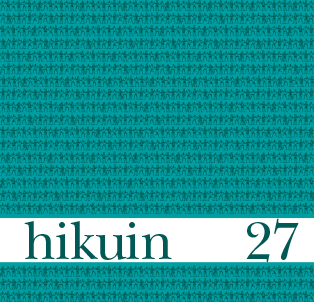14C dateringer af menneskeknogler
Med de grønlandske nordboer som eksempel
Resumé
14C Dating of human bones.
Using the Greenland Norse as an example
By Jette Arneborg, Jan Heinemeier, Niels Lynnerup, Niels Rud and Árny E. Sveinbjörnsdóttir
The article gives an overview of the difficulties encountered in interpreting 14C dating of human bone, which may lead to erroneous results. Human food intake often has a considerable marine component, which leads to an increase in the apparent 14C age of human bones due to the so-called marine reservoir effect, i.e. the apparent 14C age difference between contemporaneous marine and terrestrial organisms. The marine reservoir age typically amounts to about 400 14C years, which is therefore the expected 14C age excess in humans with 100% marine food intake. Measured values of the carbon stable-isotope ratio 13C/12C in bone collagen, expressed in terms of its fractional deviation from a standard, δ13C, may be used to assess the fraction of marine food in a mixed diet. Typical sources of error, which, particularly in the past, have lead to misinterpretation of 14C dates of bones of humans or animals with mixed marine/terrestrial diet, are 1) Under-estimation of the required 14C reservoir correction based on measured δ13C values 2) The marine food component originates partly from fjord or estuarine environments, for which reservoir ages of more than 900 years have been found in some parts of Denmark 3) Intake of freshwater fish from lakes and rivers, which, in areas of Denmark with calcareous underground, may have very high reservoir effects that unfortunately will not be revealed by δ13C measurements. We use our 14C and δ13C investigation of about 30 Greenland Norse bone and textile samples as an example of how human bone may be successfully 14C dated under favourable conditions where the difficulties 2) and 3) do not apply. With the use of reservoir corrections based on a calculated marine food component varying from 20 to 80%, the corrected 14C ages ranged from about AD 980 to 1430, i.e. most of the time span of the Norse colonisation of Greenland. We used comparative dating of textiles (terrestrial origin) and skeletons with a high marine content (80%), which had been wrapped in the textiles for burial, to calibrate the reservoir correction. Finally we point to the possibility of using the nitrogen isotope 15N in bone collagen as an indicator of a dietary component of freshwater fish.
Referencer
Arneborg, J., J. Heinemeier, N. Lynnerup, H. L. Nielsen, N. Rud & Árn´y E. Sveinbjörnsdóttir: Change of diet of the Greenland Vikings determined from stable carbon isotope analysis and 14C dating of their bones. Radiocarbon 41 nr. 2, 1999, s. 157-168.
Heier-Nielsen, S., J.Heinemeier, H. L.Nielsen & N. Rud: Recent reservoir ages for Danish fjords and marine waters. Radiocarbon 37 nr. 3, 1995, s. 875-882.
Heinemeier, J., H.L.Nielsen & N. Rud: Kulstof-14 datering med accelerator. Naturens Verden 10, 1992, s. 371-379.
Kieffer-Olsen, J.: Grav og gravskik i det middelalderlige Danmark. 8 kirkegårdsudgravninger. Højbjerg 1993
Krogh, K. J.: Erik den Rødes Grønland. København 1982.
Lanting, J. N. & J. van der Plicht: Wat hebben Floris V, skelet swifterbant S2 en visotters gemeen? (m. engelsk resumé). Palaeohistoria 37/38, 1996, s. 491-519.
–: Reservoir effects and apparent 14C-ages. The Journal of Irish Archaeology IX, 1998, s. 151-165.
Lynnerup, N.: The Greenland Norse. A biological-anthropological study. Meddelelser om Grønland – Man & Society 24, 1998, s. 1-149.
Tauber, H.: Stabile isotoper sladrer om forhistoriske kostvaner. Naturens Verden 7, 1989, s. 258-265.
Downloads
Publiceret
Citation/Eksport
Nummer
Sektion
Licens
Forfatter og Forlag.





